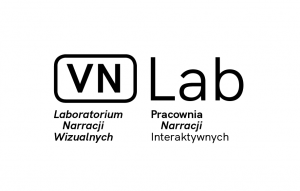Amazon A–Z: Funding a Start-up
“It’s all about the long term! – Jeff Bezos warned investors in his first annual letter to Amazon.com shareholders in 1997. In the spring of that year, the company debuted on the American stock exchange with a valuation of $438 million. Entering the public stock market can mean increased shareholder pressure to make profits or being vulnerable to market fluctuations and falls if the company doesn't show such profits. But over the years Jeff Bezos has been able to convince investors of his long-term perspective.
In an interview at the end of 1996 in "Fortune" magazine, Bezos says: "If we make a profit within two years, it's by chance." The newspaper's journalist reports that Amazon's CEO was to warn investors not to expect any profit for five years. The company made its first annual profit six years later, in 2003, but this was not so much the result of meticulous planning as of increasing pressure after the burst of the "dot-com" speculative bubble in the early 2000s.
Prior to the launch of Amazon, Jeff Bezos raised about a million dollars from private individuals, offering a 1% stake in the emerging company in exchange for $50,000. The first investors were mainly financiers or executives, but also the parents of Bezos himself. However, in order to raise much larger funds, start-ups then and now reach into the pockets of venture capital funds (VC). Prior to the IPO, Amazon had only conducted one round of such financing, in which Kleiner Perkins Caufield, a VC company renowned in the technology community, invested $8 million in exchange for a 13% stake and a position on the board of directors.
The aim of venture capital funds is to finance young companies with high growth potential but a risky business model. Most of these businesses will fail, so those that succeed must make up for the losses incurred in other investments. VC funds can "exit" from the investment and cash their shares when a company enters the stock exchange or is bought out by another entity, e.g. a larger company that might want to take over intellectual property (patents, software or data) belonging to the start-up. In the case of Kleiner Perkins Caufield's investment in Amazon, its value rose from 8 to 60 million dollars as soon as Amazon went public.



